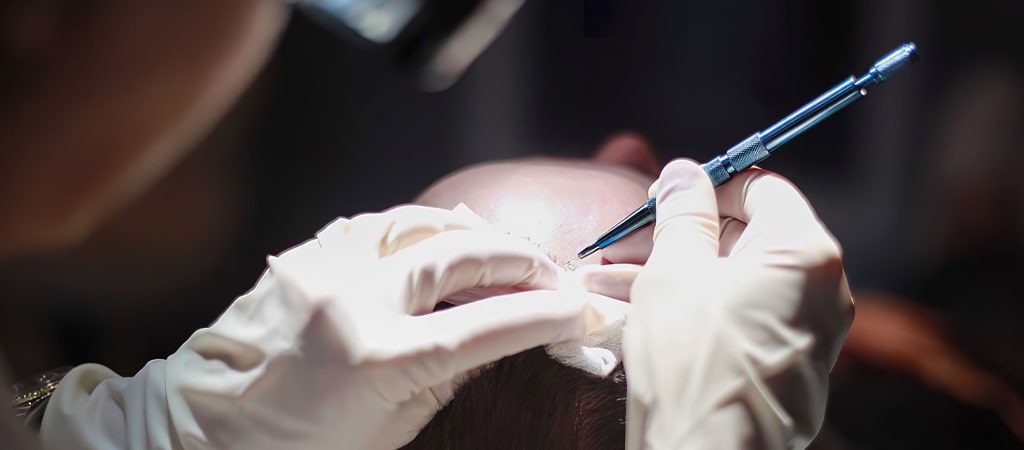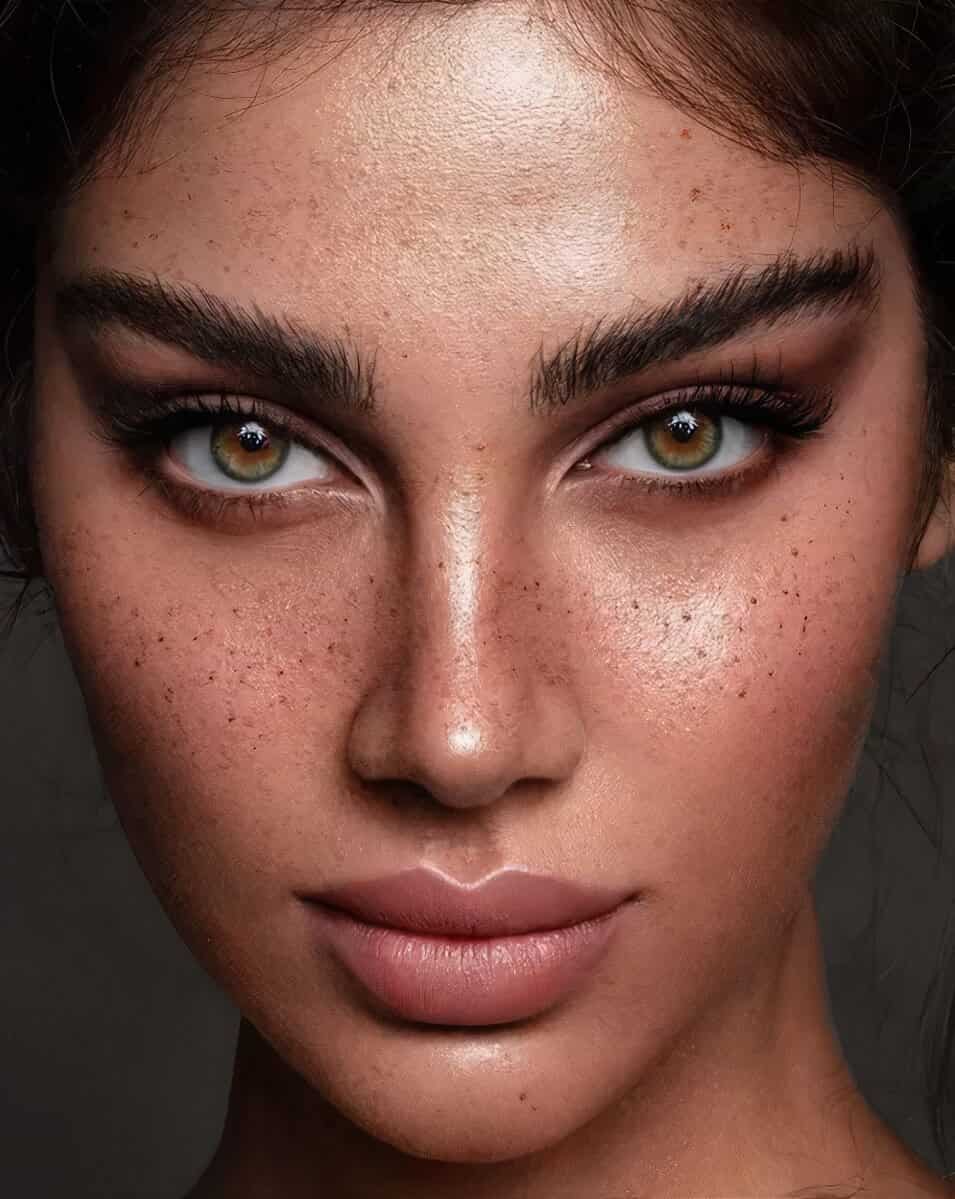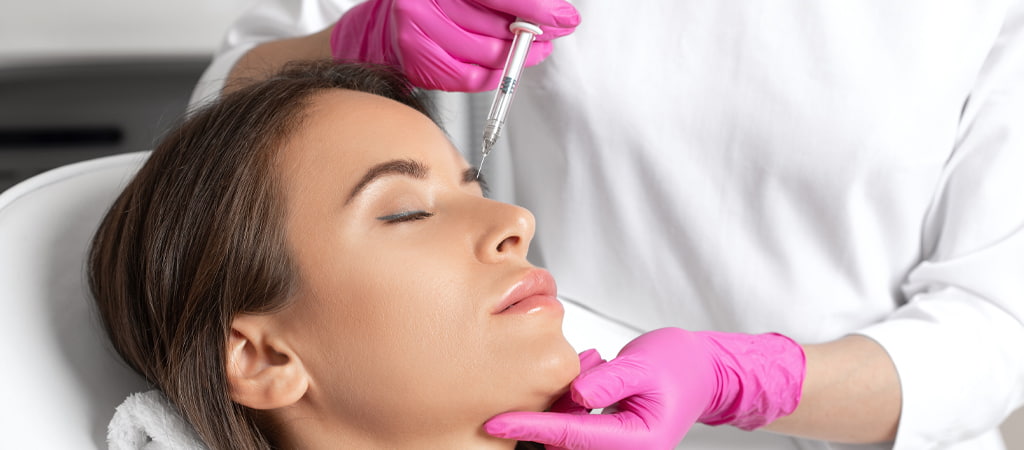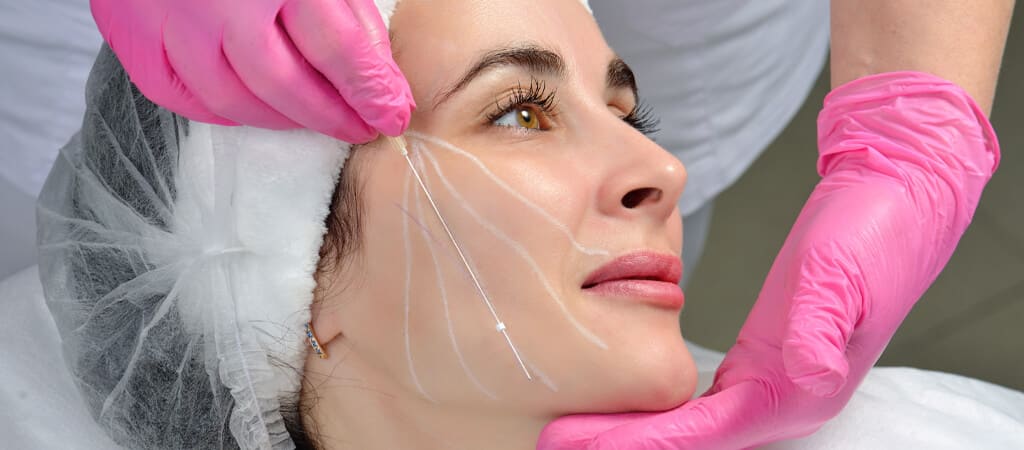What is an Eyebrow Transplantation?
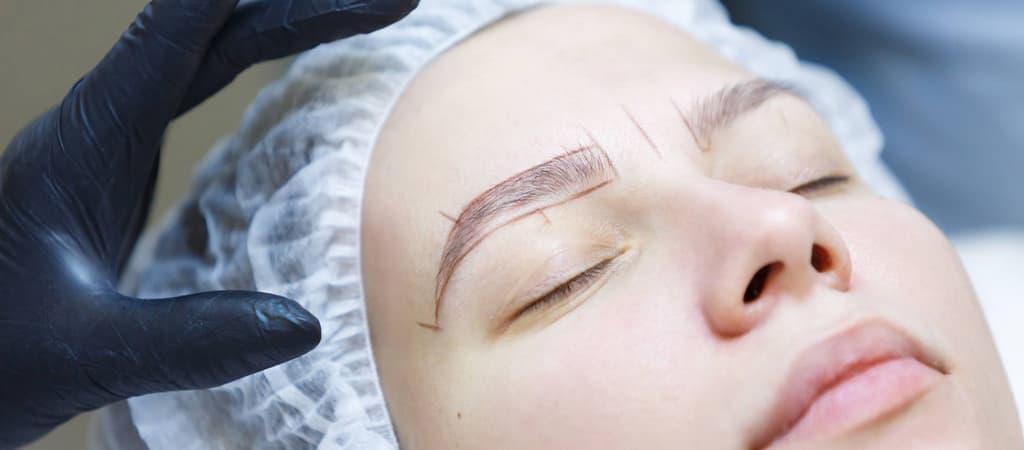
Eyebrow transplant is the process of transferring hair follicles taken from the dense hair areas to the areas with sparse or no hair follicles using the Fue, DHI and percutaneous techniques. Eyebrow loss can be a result of trauma, accident, burns, incorrect cosmetic applications or hormonal reasons. An eyebrow transplant can provide successful results as a treatment for such conditions.
The eyebrow shape is first determined during the consultation, then hair follicles are taken from the nape of the neck and transferred to the eyebrow area. To ensure an accurate result of the process, the transplanted hair follicles must be placed at the correct angle and direction.
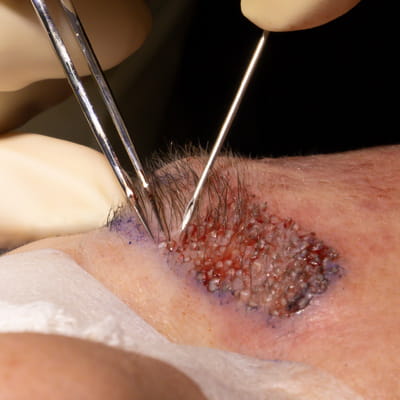
Who Is An Eyebrow Transplant Suitable For?
Eyebrow transplantations, like hair transplantation, is a frequently preferred aesthetic procedure, especially by women. Over time, eyebrows start to fall out and lose their original density for many different reasons. These include, incorrect and intensive use of cosmetic products and incorrect eyebrow shaping applications.
Furthermore, plucking of the eyebrows can lead to eyebrow loss. In such cases, eyebrow transplantation is a highly preferred procedure. The application is suitable for men and women in almost every age group.
How Is An Eyebrow Transplantation Performed?
When compared to hair and beard transplants, this treatment requires different technique and high attention to detail and care. Like a beard and mustache transplants, hair follicles are also taken from the nape of the neck. However, because the angle at which the hair and eyebrow hair emerge from are completely different skins from each other, precise attention should be paid to the channels opened before transplantation to the eyebrow area and single root transplantation for a natural appearance during transplantation.
Eyebrow hairs grow parallel, from the bottom up, at an acute angle. Therefore, if the channels opened are not at the right angle, there is a risk of downward or reverse growth. For this reason, it is extremely important to plan the operation before the transplantation. The number of hair follicles taken from the nape area and transferred to the channels are predetermined. Before this procedure, local anesthetic is applied so that the patient does not feel any pain. The use of blood thinners should be stopped 1 week before the application.
What Is The Recovery Process After A Transplant?
The healing process after the procedure is quite quick and easy. The first wash is done four days after the procedure. The crusting and crust shedding phase is completed within the first 15 days. Swimming, sea, pools, suana’s, solariums, heavy sports and exposure to the sun should be avoided for the first twenty days after the operation. Similar to a hair transplant, the transplanted hairs start to fall out within 1 month of an eyebrow transplant. This is temporary and eyebrows with new and strong roots begin to grow after shedding. After the third month, the shedding stops completely. Within 8-10 months, the eyebrows take their final shape. The transplanted eyebrows grow for the first year like hair. During this period, the eyebrow gains its final form and growth slows down compared to the first period.
Advantages Of Eyebrow Transplant
This procedure has many advantages.
Firstly, eyebrows are very prominent facial expressions, therefore eyebrow shapes are very important. With an eyebrow transplantation, patients can achieve natural and healthy eyebrows that are proportionally suitable for the facial structure. Furthermore, eyebrow loss is put to an end after this treatment. And since eyebrow transplantation is performed using the person’s own hair follicles, it does not pose any risks.
Eyebrow Transplant FAQs
How long does it take to return to normal life after an eyebrow transplantation?
How long does it take to return to normal life after an eyebrow transplantation?
As the procedure is not considered a major operation, healing time is quite fast. The operation can take between 5-6 hours, after which the patient can return to daily routine after a short period of time by following the care advice given by the doctor. Its very important to strictly follow the recommendations provided by the doctor for the healing process to be fast and healthy.
Are there any risks involved in an eyebrow transplantation?
Are there any risks involved in an eyebrow transplantation?
No. Unlike many aesthetic operations, an eyebrow transplantation is a quite simple procedure. Local anesthetic is applied during the procedure and the patient is conscious.
It is very important that eyebrow transplantation is performed by an experienced specialist.
What precautions should be considered after an eyebrow transplantation?
What precautions should be considered after an eyebrow transplantation?
As with all surgical and aesthetic procedures, there are certain precautions to pay attention to. It is very important for patients to follow given instructions, otherwise, the treated area may be damaged or the healing process may be delayed.
The points to be considered after an eyebrow transplant are as follows; -
For a smooth healing process the sea, swimming pools, saunas, and solariums should be avoided for 2 weeks after the eyebrow transplant
During this period, you should not be exposed to intense sunlight.
Heavy and intense sports should be avoided
It is very important not to pluck eyebrows before the healing process is completed.
When washing the face, harsh movements should be avoided and the transplantation area should be treated gently.
Since the hair in the eyebrow area is removed from the nape, it starts to grow like normal hair. Therefore, the eyebrows should be trimmed at 15-day intervals. This continues for a while. However, at the end of 1 year, the hair follicles acquire the characteristics of the region they are in and the growth slows down considerably.
How long does an eyebrow transplantation take?
How long does an eyebrow transplantation take?
Unlike other aesthetic procedures like beard and mustache transplant, eyebrow transplant takes a shorter time. Without adding in the pre planning time, the procedure takes approximately 5-6 hours.
Can the transplanted eyebrows be dyed?
Can the transplanted eyebrows be dyed?
Yes. After the eyebrow transplantation, the eyebrows that grow after the healing process and shock shedding can be dyed.
Will eyebrows grow continuously after an eyebrow transplantation?
Will eyebrows grow continuously after an eyebrow transplantation?
As hair follicles are used in an eyebrow transplantation, growth continues for a while after transplantation. After a year, the growth rate slows down considerably.
Will the transplanted eyebrows fall out?
Will the transplanted eyebrows fall out?
After an eyebrow transplant, there is a phase called ‘shock shedding’ that occurs.. From the third month onwards, permanent hair grows and the shedding ends.
What are the preparations required before an eyebrow transplant?
What are the preparations required before an eyebrow transplant?
Prior to the procedure, the number of hair follicles required and the eyebrow shape is determined. As it is an aesthetic procedure, the design of the eyebrow must be planned according to the suitability of the patient's face.


